Transport Options
in japan
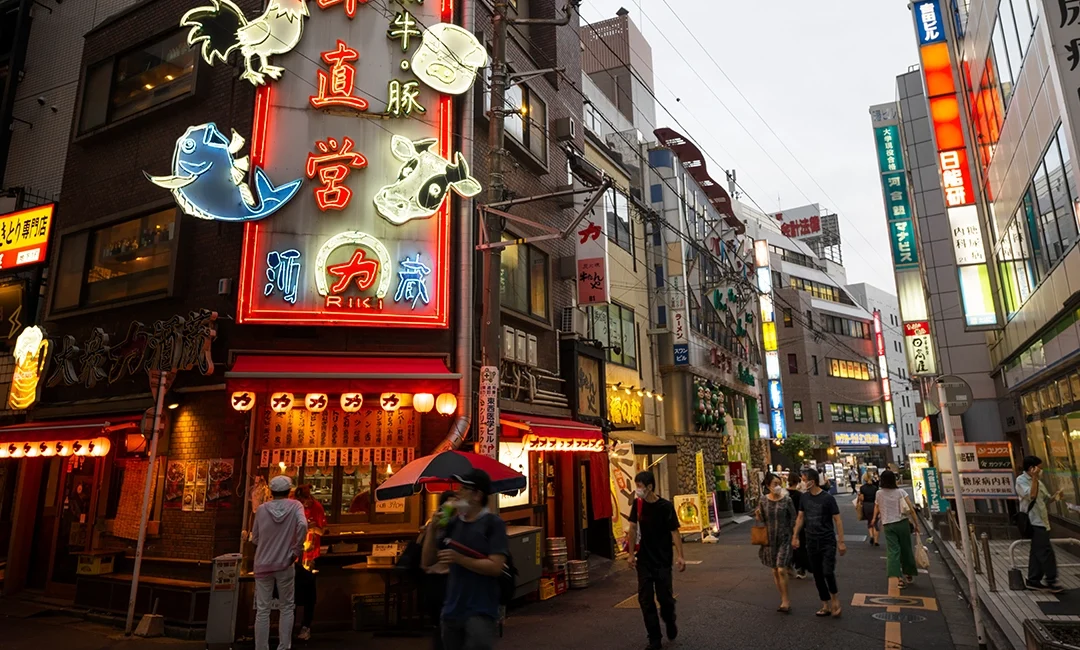
For first-time tourists in Japan, figuring out how to get around can seem intimidating. Signs are mostly in Japanese, and not all areas have English translations. But Japan’s transportation system is top-notch: it’s super punctual, well-organized, and has lots of options.
In this article, we’ll help you understand how to travel around Japan smoothly. We’ll talk about famous bullet trains, handy city buses, and convenient transport cards. Whether you’re curious about costs, which transport to use, or how to navigate cities, we’ve got you covered.
Japan is one of the safest countries in the world, and locals are friendly and helpful, even if you don’t speak Japanese. And if you need help planning your trip, Your Japan Trip is here for you!
Transportation in Japan
Japan, a captivating blend of ancient tradition and modern innovation, is a land of contrasts that mesmerizes visitors with its rich cultural heritage, stunning natural landscapes, and vibrant cities. Here are some suggestion of essential sights and experiences for your Japan trip
1. Train
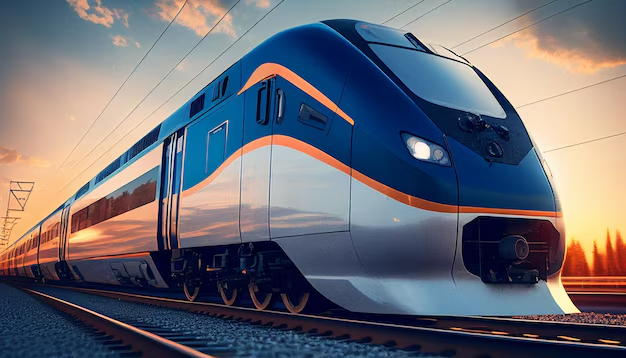
- Shinkansen (Bullet Trains): Shinkansen, also known as bullet trains, are high-speed trains that connect major cities across Japan. They travel at speeds of up to 320 km/h (200 mph) and offer a quick and efficient way to travel between destinations. Shinkansen trains come in different classes, including standard class (economy), green class (first class), and gran class (premium first class), offering varying levels of comfort and amenities.
- Local Trains: Local trains, operated by JR (Japan Railways) and other private railway companies, serve suburban and rural areas, providing transportation between smaller towns and villages. These trains are slower than Shinkansen but are more affordable and offer a chance to experience local life and scenery.
- Limited Express Trains: Limited express trains offer faster travel than local trains, with fewer stops and higher speeds. They are a popular choice for travelers wanting to explore regions beyond the reach of Shinkansen lines. Limited express trains often feature reserved and non-reserved seating options, with comfortable seating and amenities onboard.
- Rapid and Express Trains: Rapid and express trains are commuter trains that operate on suburban and urban routes, offering faster travel than local trains. They are a convenient option for getting around within cities and their surrounding areas, providing frequent service and efficient transportation for daily commuters.
- Airport Trains: Japan has dedicated train services connecting major airports to city centers, such as the Narita Express (N’EX) serving Tokyo’s Narita Airport and the Haruka Express serving Osaka’s Kansai Airport.
- Tourist Trains: Japan also offers various tourist trains, such as themed sightseeing trains and luxury excursion trains, designed to provide travelers with unique and memorable experiences. These trains often feature beautifully designed interiors, gourmet dining options, and scenic routes showcasing Japan’s natural beauty and cultural heritage.
2. Metro
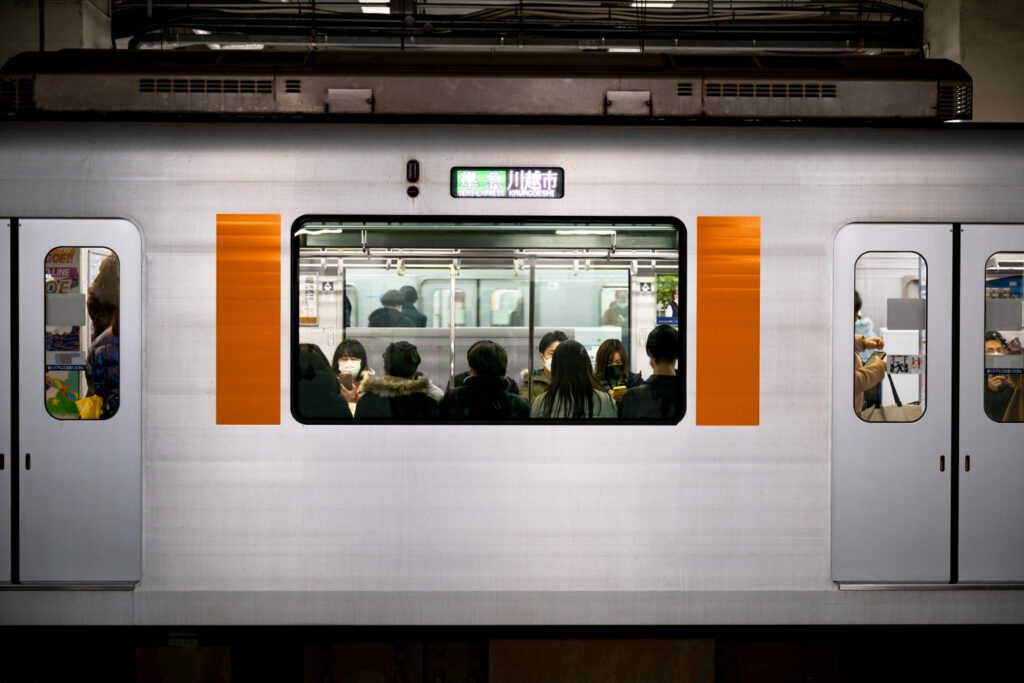
The metro system in Japan is a super easy to get around big cities like Tokyo, Osaka, and Kyoto. It’s like a network of underground trains that zip you from one place to another in no time. These metros are clean, safe, and run like clockwork, making them a favorite choice for locals and tourists alike. They’re really easy to use, with signs and announcements in both Japanese and English. So whether you’re exploring historic neighborhoods, shopping districts, or trendy hotspots, hopping on the metro is the way to go.
Tips when traveling on the Japan subway
When traveling on the subway in Japan as a tourist, here are some helpful tips to make your journey smoother:
- Purchase a Suica or PASMO card: These IC cards can be used on most subway systems in Japan and make paying for fares quick and easy. You can purchase them at vending machines or ticket counters in subway stations.
- Plan your route in advance: Use apps like Google Maps or Hyperdia to plan your subway route ahead of time. This will help you navigate the subway system more efficiently and avoid getting lost.
- Check the subway map: Take a moment to familiarize yourself with the subway map before boarding. Pay attention to station names, transfer points, and the direction of train lines to ensure you’re heading in the right direction.
- Mind the etiquette: While riding the subway, be mindful of local customs and etiquette. Avoid talking loudly, eating or drinking, and using your phone in crowded cars. Priority seating is reserved for elderly, pregnant, and disabled passengers, so be sure to give up your seat if needed.
- Stand on the left: When using escalators in subway stations, stand on the left side to allow space for people in a hurry to pass on the right. This helps maintain a smooth flow of foot traffic.
- Be prepared for crowds: Subways in Japan can get crowded, especially during rush hours. To avoid the crowds, try to travel outside of peak times or consider using alternative transportation options.
3. Buses
Japanese buses serve as vital lifelines, bridging the gap between urban centers and the most remote destinations across the country. These essential modes of transportation provide access to areas not reachable by train or metro, offering travelers the opportunity to explore Japan’s diverse landscapes and hidden gems. From winding mountain roads to quaint countryside villages, buses traverse scenic routes, allowing passengers to immerse themselves in the natural beauty and cultural richness of Japan.
Whether you’re venturing into the rugged wilderness of Hokkaido or meandering through the picturesque countryside of Shikoku, Japanese buses offer a convenient and affordable way to discover the lesser-known treasures of the country. With comfortable seating, knowledgeable drivers, and efficient schedules, buses serve as indispensable conduits for travelers seeking off-the-beaten-path adventures in Japan.
Other Transport Options in Japan
In addition to trains, metros, and buses, Japan offers a variety of other transportation options to suit different travel needs:
Car Rental and Texis

Renting a car is a popular option for travelers looking to explore rural areas and remote destinations at their own pace. Japan has well-maintained roads and highways, and rental car companies offer a range of vehicles to suit different preferences and budgets.
Taxis are readily available in urban areas and provide door-to-door service for travelers. While they can be more expensive than other modes of transportation, taxis offer convenience and comfort, especially for short distances or late-night travel.
Ferries
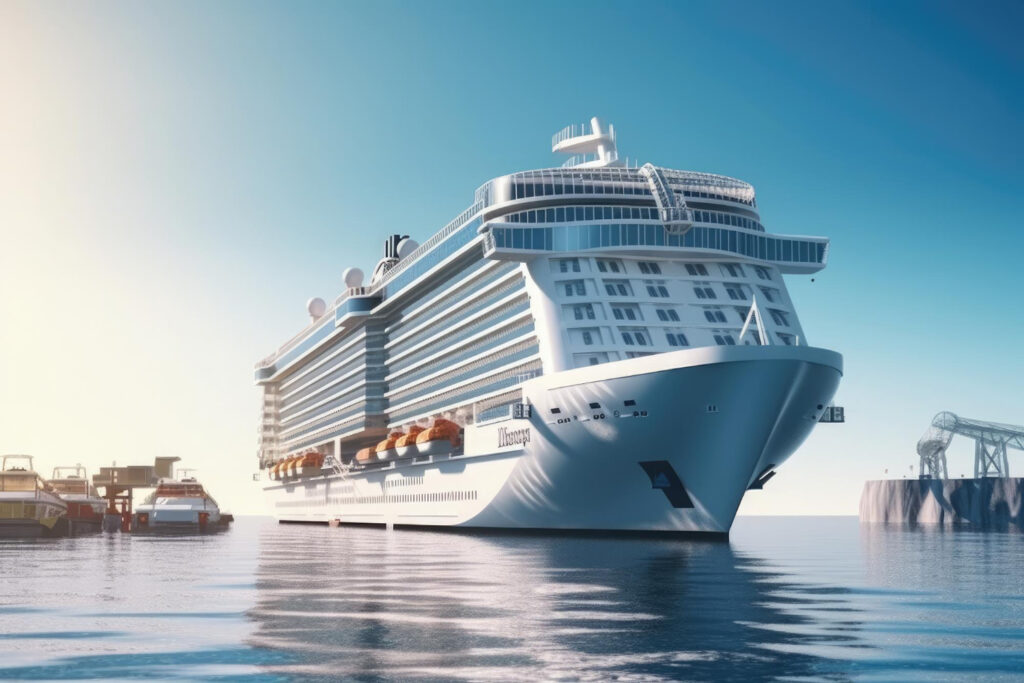
Traveling by ferry in Japan is a unique and scenic way to explore the country’s stunning coastline and remote islands. Ferries operate between mainland ports and various destinations, including offshore islands like Okinawa, Hokkaido, and the Seto Inland Sea islands.
Ferry travel offers passengers a chance to enjoy breathtaking views of the ocean and surrounding landscapes, providing a relaxing and leisurely journey. Many ferries are equipped with comfortable seating areas, onboard amenities such as restaurants and shops, and outdoor decks for enjoying the sea breeze and panoramic vistas. Depending on the route, ferry travel can vary in duration from a few hours to overnight journeys. Some ferries offer cabin accommodations for longer trips, allowing passengers to rest and recharge during the voyage.
Popular ferry routes include the Tokaido and Seto Inland Sea routes, which connect mainland Japan with scenic islands like Miyajima and Naoshima. Additionally, ferries operate between major ports such as Tokyo, Osaka, and Fukuoka, providing convenient transportation options for both tourists and locals.
Airplane

For travel between distant regions or remote islands, domestic flights are available from major airports across Japan. Several airlines operate domestic routes, offering frequent flights to destinations throughout the country. Japan is home to several major airports that serve as gateways to the country and facilitate international and domestic air travel. Some of the prominent airports in Japan include:
Narita International Airport (NRT): Located in Chiba Prefecture, Narita Airport is one of Japan’s busiest international airports, serving the Greater Tokyo Area. It handles a large volume of international flights and offers extensive domestic connections to cities across Japan.
Haneda Airport (HND): Also known as Tokyo Haneda Airport, Haneda is another major airport serving the Tokyo metropolitan area. It primarily operates domestic flights but also serves as an important hub for international travel, offering flights to destinations worldwide.
Kansai International Airport (KIX): Situated on an artificial island in Osaka Bay, Kansai Airport serves the Kansai region of Japan, including cities like Osaka, Kyoto, and Kobe. It is a major international gateway and handles both domestic and international flights.
Chubu Centrair International Airport (NGO): Located on an artificial island in Aichi Prefecture, Centrair Airport serves the Chubu region of Japan, including cities like Nagoya and nearby tourist destinations such as Shirakawa-go and Takayama. It offers both domestic and international flights.
Fukuoka Airport (FUK): Serving the city of Fukuoka and the surrounding Kyushu region, Fukuoka Airport is a major domestic and international airport in southwestern Japan. It provides connections to various cities within Japan and select international destinations.
New Chitose Airport (CTS): Located in Hokkaido, New Chitose Airport serves the city of Sapporo and is the main gateway to the island of Hokkaido. It operates domestic flights to major cities in Japan and international flights to destinations in Asia.
Transportation cards in Japan
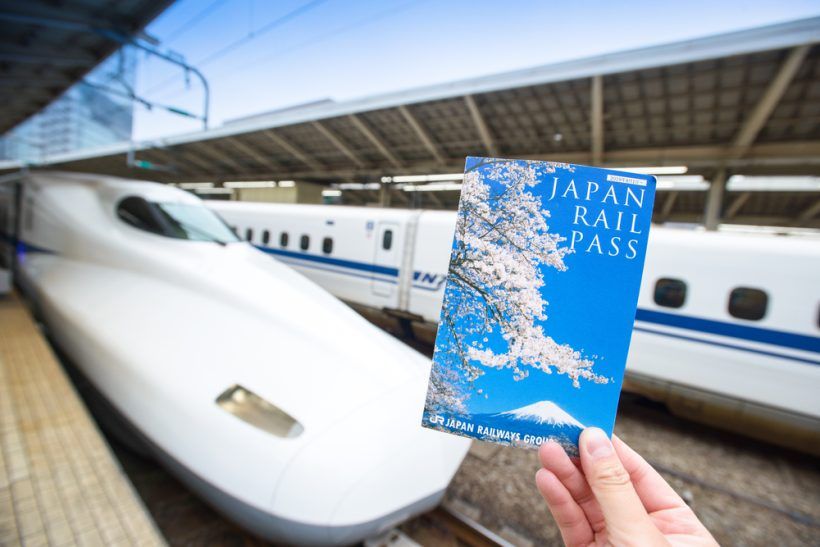
Transportation cards in Japan, commonly known as IC cards, are convenient and versatile tools for navigating the country’s public transportation system. These cards are pre-loaded with electronic funds and can be used to pay for fares on trains, metros, buses, and even some taxis across Japan. The most widely used IC cards include:
Suica: Suica cards are issued by the East Japan Railway Company (JR East) and are widely accepted in the Tokyo metropolitan area and other regions in eastern Japan. They can be used on JR trains, subways, buses, and even for purchases at vending machines and convenience stores.
PASMO: PASMO cards are similar to Suica cards and are issued by private railway companies and transportation authorities in the Tokyo metropolitan area and surrounding regions. They offer the same functionality as Suica cards and can be used interchangeably on most transportation networks.
ICOCA: ICOCA cards are primarily used in the Kansai region, including cities like Osaka, Kyoto, and Kobe. They are issued by the West Japan Railway Company (JR West) and can be used on JR trains, subways, buses, and other transportation services in the region.
Kitaca: Kitaca cards are issued in the Hokkaido region and are primarily used for transportation in cities like Sapporo and Otaru. They offer similar functionality to other IC cards and can be used on trains, buses, and other transportation services in the area.
SUGOCA: SUGOCA cards are used in the Kyushu region, including cities like Fukuoka, Nagasaki, and Kumamoto. They are issued by the Kyushu Railway Company (JR Kyushu) and can be used on JR trains, subways, buses, and other transportation services in the region.
Which trains allow JR pass for Free
The JR Pass includes unlimited travel on most JR trains across Japan. This includes:
Shinkansen (Bullet Trains): All types of Shinkansen trains, including the famous Nozomi and Mizuho trains, are covered by the JR Pass.
Limited Express Trains: The JR Pass allows travel on limited express trains operated by JR companies, offering faster and more comfortable journeys between major cities and tourist destinations.
Local JR Trains: JR Pass holders can also ride local JR trains, including commuter trains and rapid trains, within JR’s extensive network across the country.
JR Ferry Services: Some JR ferry services, such as the Miyajima Ferry in Hiroshima and the ferry to Miyako Island in Okinawa, are also covered by the JR Pass.
FAQS about transportation
The best way to travel between cities in Japan is by using the Shinkansen, or bullet trains, which offer fast and efficient transportation between major urban centers. Alternatively, domestic flights are available for longer distances, and highway buses are a budget-friendly option for some routes.
The cost of using the metro or subway in Japan varies depending on the city and the distance traveled. In major cities like Tokyo and Osaka, fares are calculated based on the distance traveled and typically range from around 200 to 300 yen for a single journey.
While many transportation signs and announcements in major cities and tourist areas are displayed in both Japanese and English, some rural areas may have limited English signage. However, station staff and transportation personnel are usually able to assist travelers in English.
If you lose your transportation pass or ticket, report it to the nearest station staff or transportation personnel as soon as possible. Depending on the circumstances, you may be able to obtain a replacement pass or ticket, but additional fees or penalties may apply.
